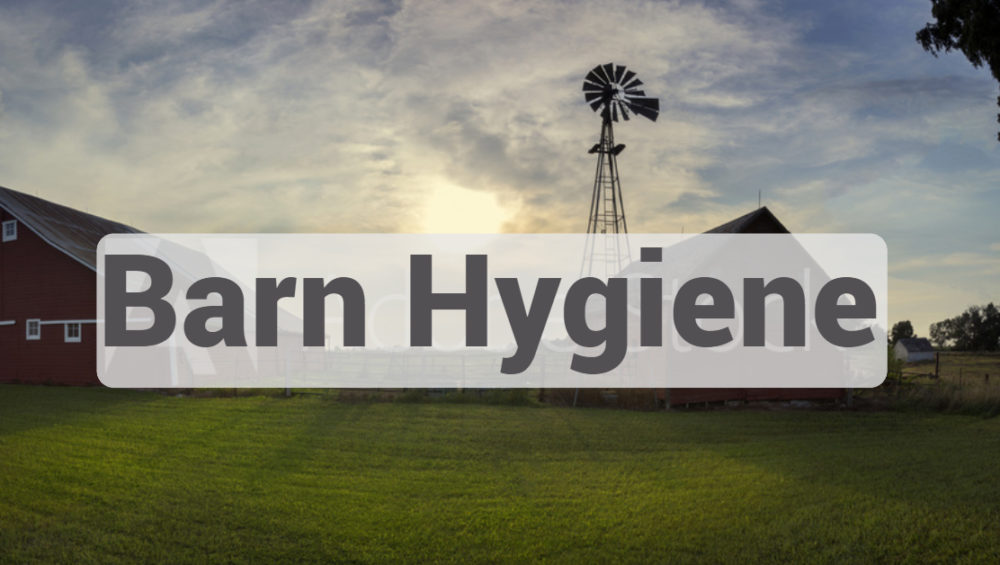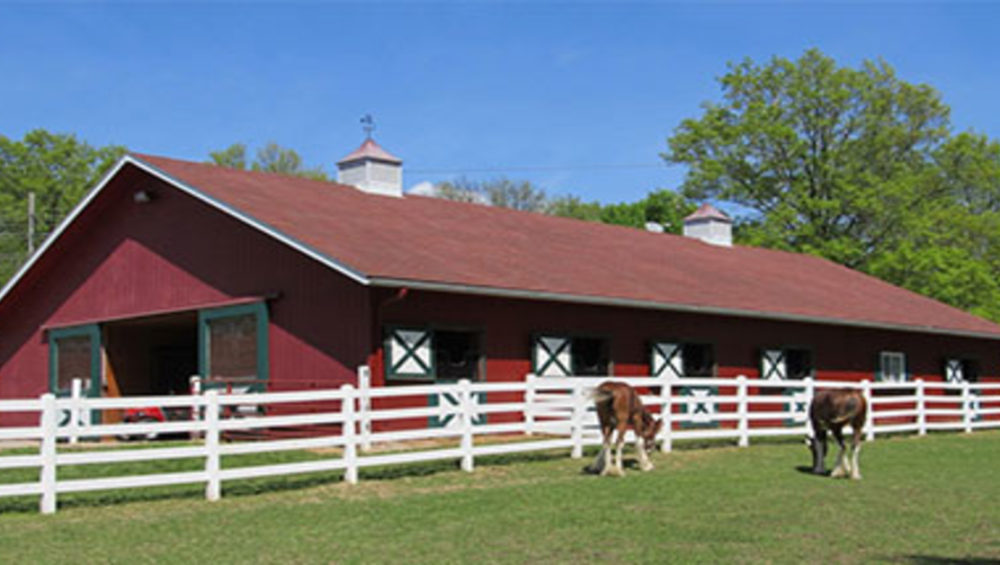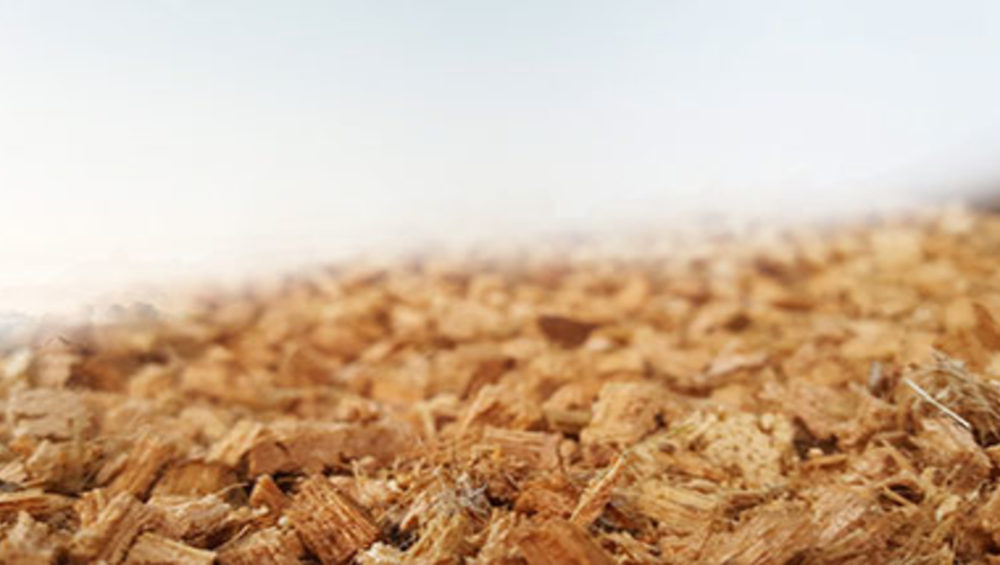When it comes to dealing with the health and comfort of your barn living, you’ll always want to make the best of your job possible. That’s right, regardless of what lives in your barn, it is necessary to keep up with hygienic standards to stay clean and healthy. In fact, if a barn is unkempt, bacteria and viruses can be spread, resulting in sickening your dear animals.
Barns is a shelter provided for livestock such as cattle, horses and many other animals. As a Barn handler or frequent visitors, you are well aware of after effects of detrimental unhygienic culture. Those without proper care and regular tending are more prone to get sick and eventually leading to loss of life. A clean and tidy environment is the key source for robust life. So as to say, here are some of the highly recommended tips for your barners’ well-being.
Clean barn
The first and foremost thing in controlling disease break out is cleaning. Clean means free of dirt and organic matter such as manure. This means the removal of all manure and feed, followed by washing, scrubbing and rinsing, or pressure washing, all surfaces with hot water and detergent. Studies have shown that over 90% of bacteria are removed from surfaces that are thoroughly cleaned first. Thorough cleaning will remove most of the contamination and allow disinfectants to penetrate surfaces and kill microorganisms. This is followed by the use of a disinfectant according to label directions (included in the Compendium of Veterinary Products, available in your veterinarian’s office).
Disinfectant
A disinfectant is a chemical or substance that kills microorganisms and is applied to objects. Follow the label directions before using, the “Active Ingredients” section on the container of disinfectant will identify the type of product. The product label will often state a dilution rate when being used either as a germicidal cleaner (killing microorganisms) or as a sanitizer (reducing the number of microorganisms). The minimum contact time (mentioned in label) is the time required to kill microorganisms. The kill time (10-15minutes) is affected by the presence of organic matter like bedding blood and pus, temperature, pH, hardness of water and concentration of disinfectant. So be sure of cleaning up before using disinfectants.
It’s important not to simply focus on disinfecting surfaces in barns and barn areas (walls, doors, paddocks, fences, and gates) to curb disease spread; be sure to address hand tools and other farm equipment, vehicles, and trailers, too. Before you get started, relocate animals from the area you’re about to clean and disinfect. You might also need to remove all bedding.
Make sure the area where you are working has adequate ventilation and turn off the power supply before soaking walls with water. Many disinfectants can be extremely irritating to human skin, eyes, and respiratory tracts. Always wear protective clothing, eye protection, and gloves when using any disinfectant product.
***Never mix different disinfectants together. Every approved disinfectant in the United States has a safety data sheet, available from the manufacturer and contains valuable information.
Personal Hygiene
The means of preventing the disease to spread by individual self-care is often termed as Personal Hygiene. Possibly barn handlers can be a reservoir or source of the disease agent while moving around from one barn to another; by carrying the agent on their clothing and shoes or animals themselves. The “shower in and shower out” followed in swine and poultry industries shows some pretty results.
In care, handlers should be dedicated with boots and clothing only used for the barn. If that is not possible, boots should be cleaned prior to entering the premises and freshly laundered clothing should be worn. A freshly laundered pair of coveralls would also suffice. Handlers should learn not to wear the same outfit outside anywhere, as there is the potential for them to carry the problem back.
Hand Washing
Hand washing should be facilitated around the barn/farm to encourage the frequent washing of hands. Research has shown that, as the access to a hand-washing facility increased, the hand-washing compliance increased (1). Thorough hand washing with soap is adequate in most cases. Antiseptic soaps (e.g., chlorhexidine) or iodophor shampoo/washes (e.g., Betadine scrub) or alcohol based hand gel may also be used and should be located at the sink in an easy dispensing container.
Dispensers can be preferably attached to handlers’ belts or outside the doorway for easy access and frequent use before working for another barn, as they only require 15 seconds to dry. Hand washing is also important to prevent chemical contamination of the workplace when feeding medicines.
* Choose a product that doesn’t dry out the skin or cause skin irritation.In this stressful pandemic situation caused by Coronavirus, it’s always better to have knowledge at your tips to make the lives around much safer and healthier. It’s always that prevention is better than cure, take in interest towards a healthy living and strive through it.








